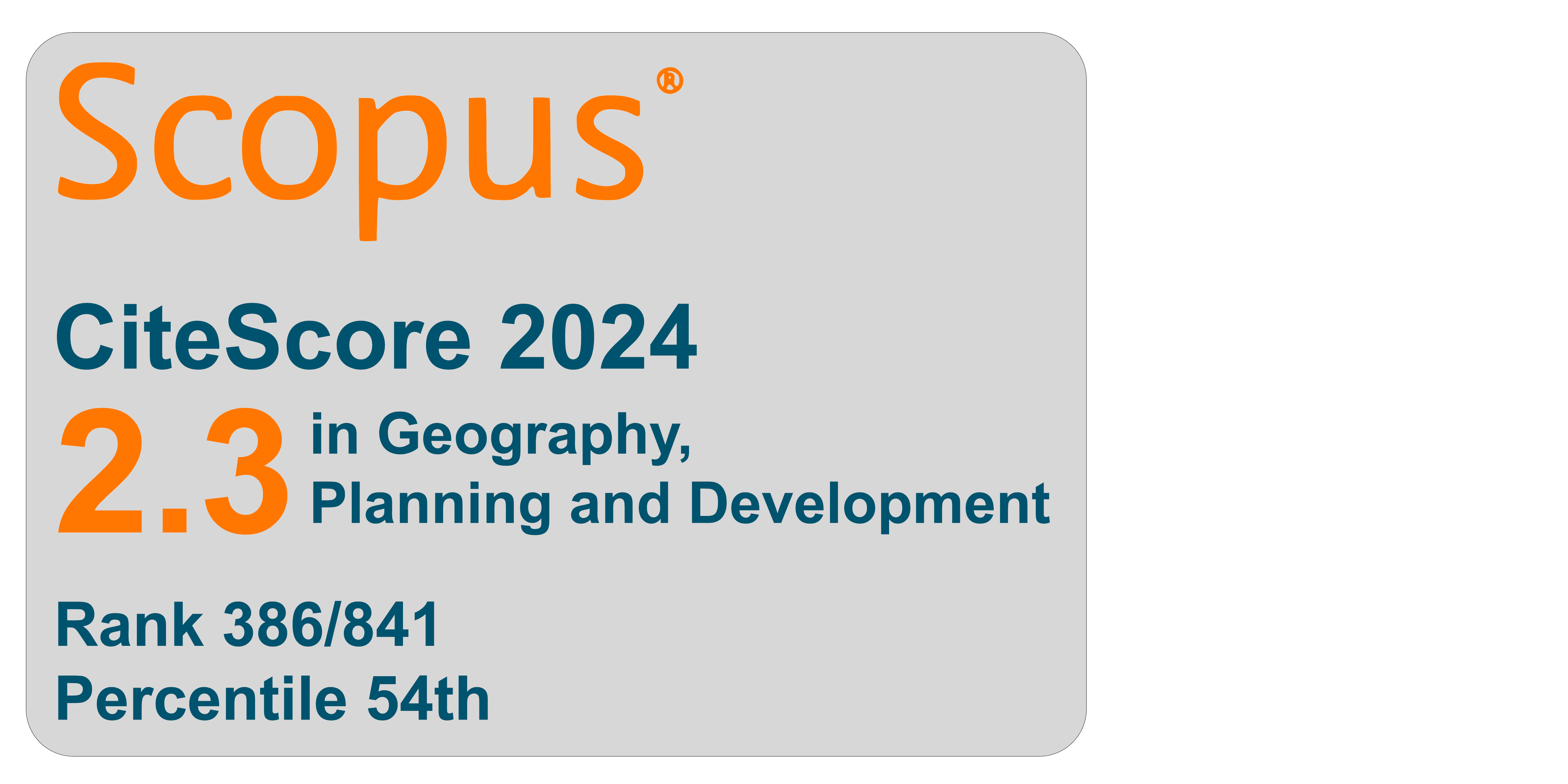Recycled aggregates in constructions. A case of circular economy in Sardinia (Italy)
DOI:
https://doi.org/10.6092/1970-9870/7354Keywords:
MEISAR, Circular economy, Green economy, Recycled aggregates, Sustainable planningAbstract
The paper is the result of an ongoing research, considering the use of raw and recycled materials in the construction sector. In particular, the idea is considering such use within a Circular Economy framework, analysing its potentials in the case of the closed market of Sardinia Island (Italy), identifying potential clusters and their ‘optimal’ shape. In the paper, we highlight a theoretical framework for circular economy, adapting a classical model of industrial location to the construction sector. We build a georeferenced database of activities related to the extraction, processing and disposal of materials related to construction, as a result of the MEISAR Project - https://meisar.org/en/. Such a result is presented in a tool named MEISAR_Map; we then propose a method, based on spatial analytical techniques, namely point pattern analysis, for delimiting spatial clusters. The closed market of Sardinia is analyzed and, in particular, the case study of the new football stadium in Cagliari, which involves the demolition of the existing stadium and the use of "secondary" raw materials for the construction of the new Cagliari stadium.
Downloads
Downloads
Published
How to Cite
Issue
Section
License
Copyright (c) 2021 Ginevra Balletto, Giuseppe Borruso, Giovanni Mei, Alessandra Milesi

This work is licensed under a Creative Commons Attribution-NonCommercial 4.0 International License.



